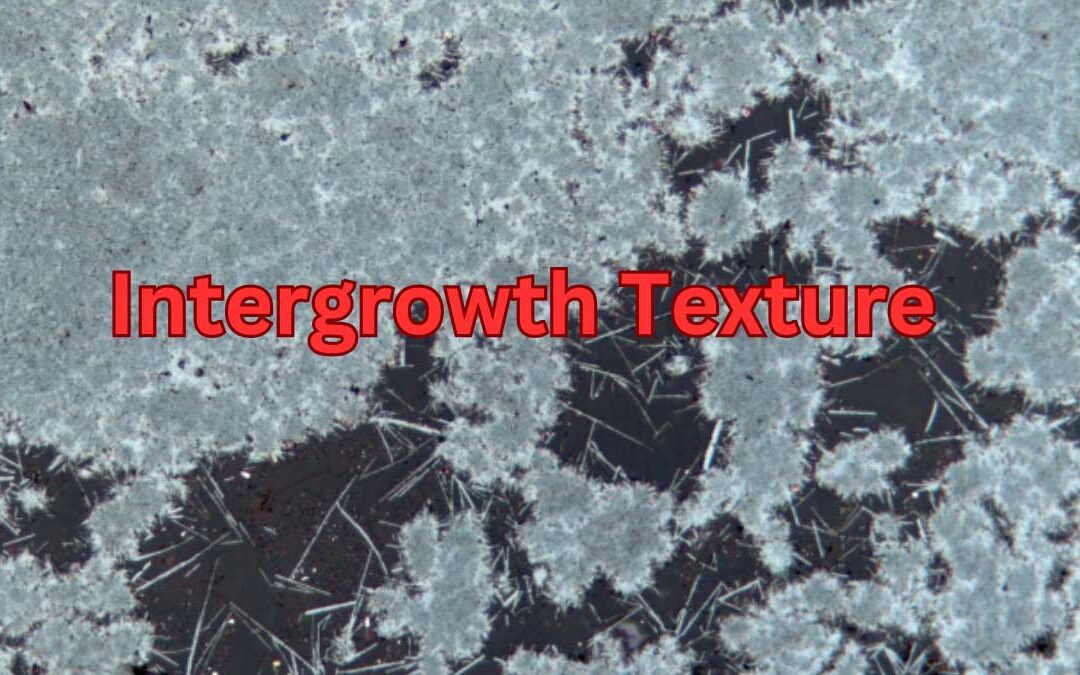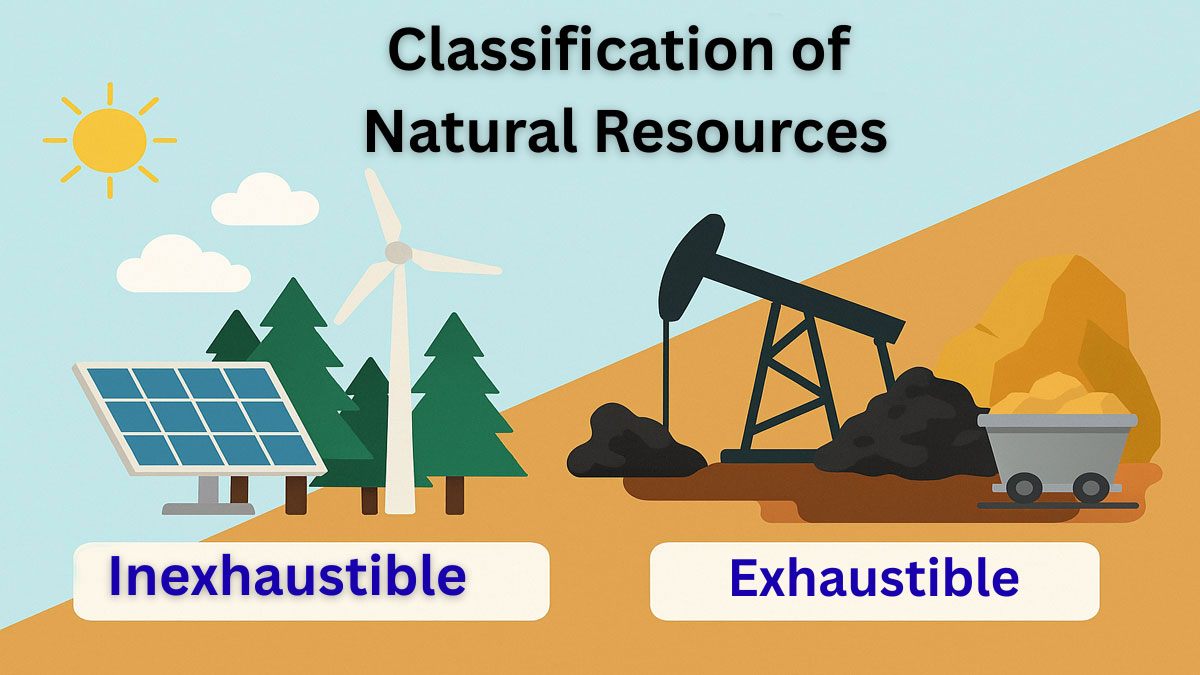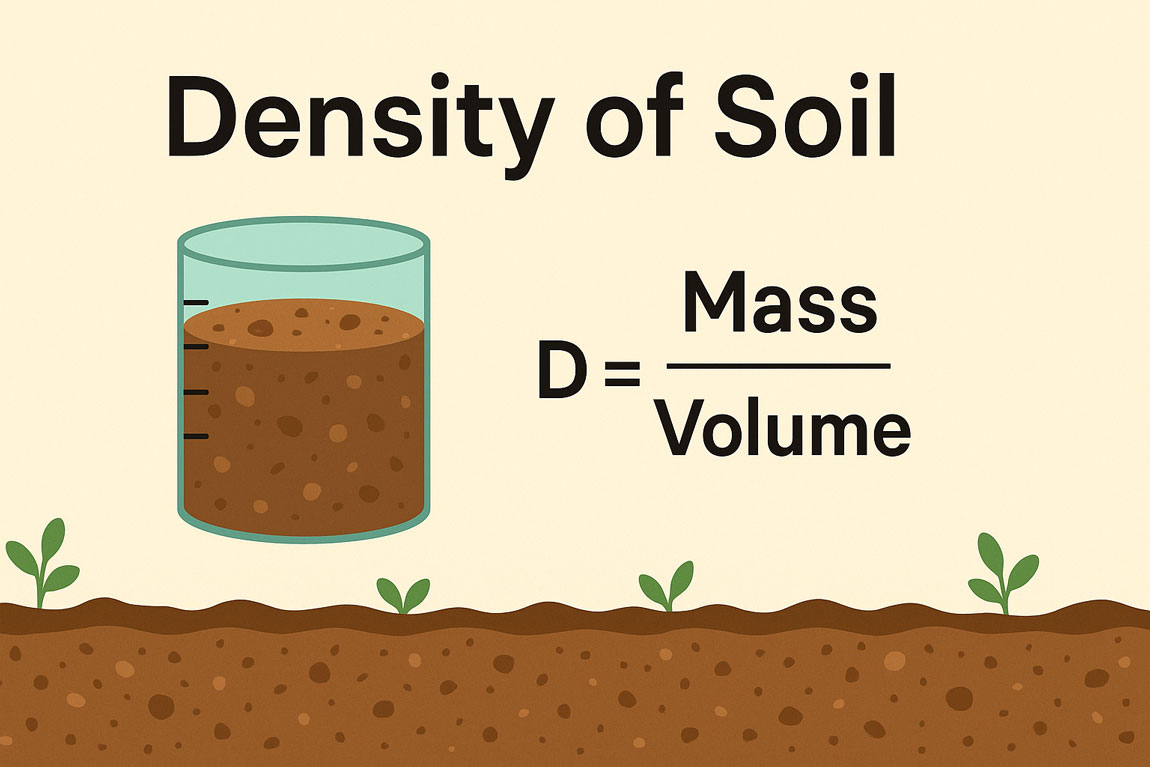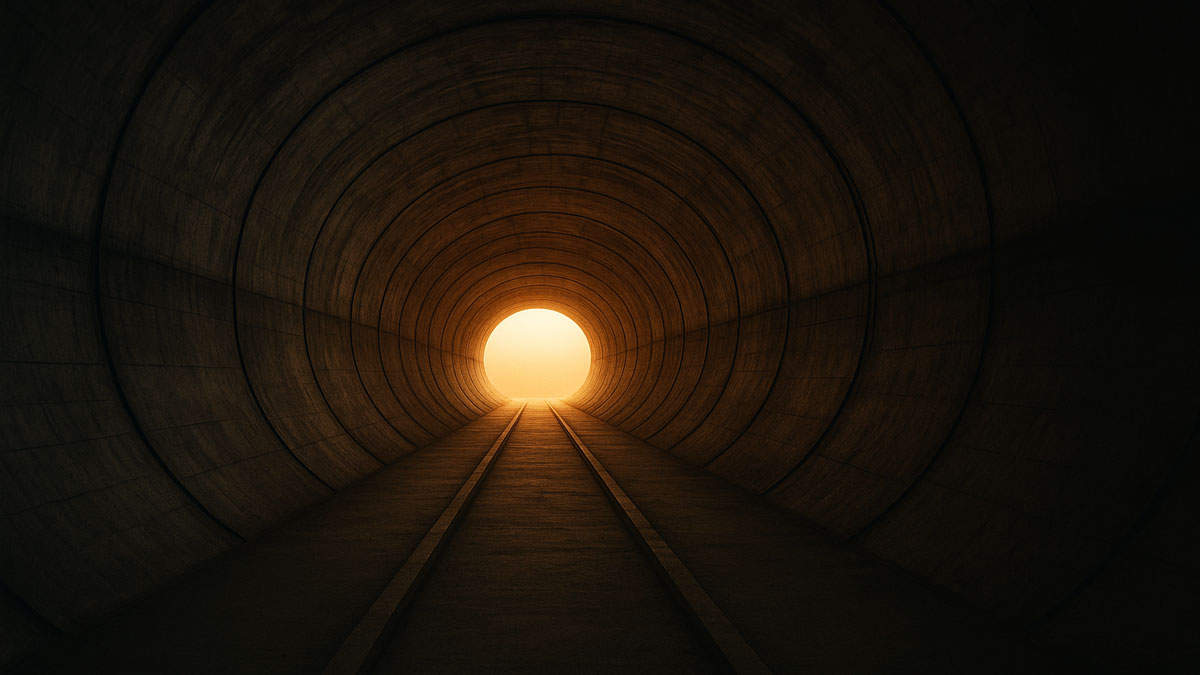Intergrowth texture forms when two minerals crystallize together or through exsolution in igneous rocks. Common types include graphic, myrmekite, exsolution, cavity, radiate, reaction, and pegmatite textures, each revealing mineral interactions and cooling history.
Intergrowth texture:
Simultaneous crystallization of two minerals or exsolution may give rise to intergrowth textures.
Common Types of Intergrowth Textures:
Some common intergrowth textures in igneous rocks are:
1. Graphic Texture:
Intergrowth between quartz and alkali feldspar. Less angular and finer-grained (visible only under a microscope) graphic texture is called microscopic or granophyric texture.
2. Myrmekite Texture:
Quartz irregularly penetrates plagioclase feldspar in a wormy pattern. These wart-like, wormlike, or fingerlike bodies may form during the late stages of igneous rock crystallization when quartz and feldspar grow simultaneously in the presence of a volatile phase.
Myrmekite also occurs after the rock crystallizes by replacement of the plagioclase during Metasomatism or hydrothermal alteration. Acidic rocks, such as granite, most commonly display this feature, especially if the plagioclase feldspar is adjacent to potash feldspar; rocks displaying this feature are said to have mymerkitic texture.
3. Exsolution Texture:
Albite lamellae form in K-feldspar, creating a perthite texture, or K-feldspar lamellae develop in albite, resulting in an antiperthite texture. When this texture becomes visible only under a microscope, geologists refer to it as microperthite. One pyroxene also forms lamellae within another, such as clinopyroxene developing in orthopyroxene or vice versa, which is a common occurrence.
4. Cavity Texture:
- Vesicular: Containing gas holes or vesicles.
- Amygdaloidal: Vesicles partially or completely filled with secondary materials.
5. Radiate Texture:
Spherulitic:
Spheroidal Clusters of minerals radiating from a nucleus are common in glassy rocks. Usually formed by devitrification.
Variolitic:
This is composed of a fan-like arrangement of diverse, often branching fibers.
6. Reaction Texture/ Overgrowth Texture:
Corona Texture:
Individual crystals surround reaction rims or coronas when the crystal becomes unstable and reacts with its surrounding crystals or melts.
Zoning:
Gradual or abrupt changes in the solid solution composition of a crystal form one or more concentric bands or zones in a single crystal. Zoning commonly occurs in plagioclase feldspar, pyroxenes, and olivine.
Pegmatite Texture:
If the grains are very coarse, the texture is called pegmatitic texture. Grain diameter generally exceeds 3 cm.






